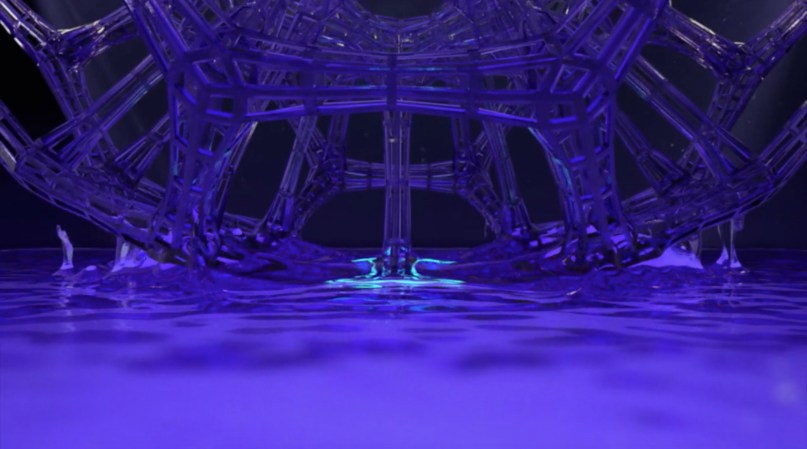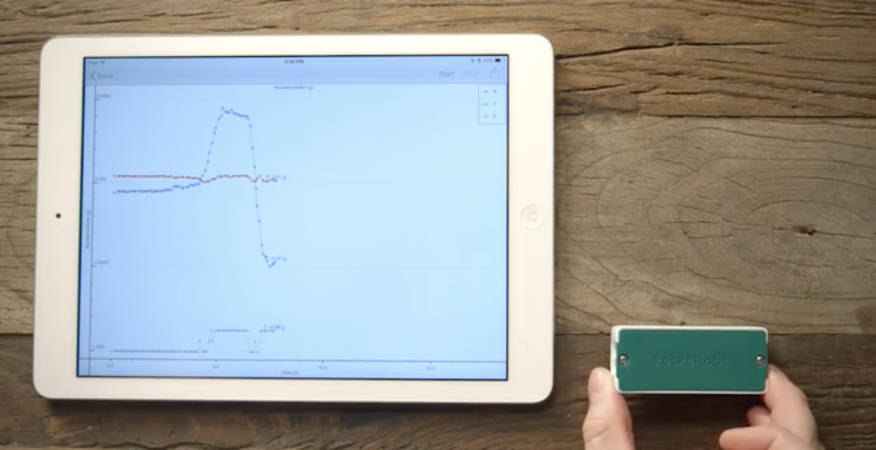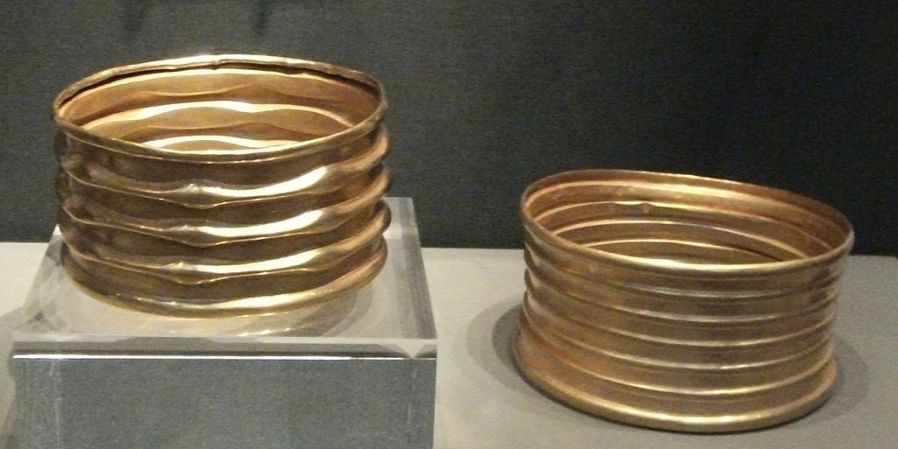

As spring hits its stride, we can all look forward to shedding our coats to enjoy the sunshine and fresh air. And what better way to take advantage of the great outdoors than with an afternoon of DIY tinkering? These 10 projects are simple enough for kids to help out with, or even try on their own. (We also threw in a bonus eleventh idea that’s a little more complex.) Science geeks can even use some of these projects as jumping-off points to discuss concepts like solar energy and microbes.


























